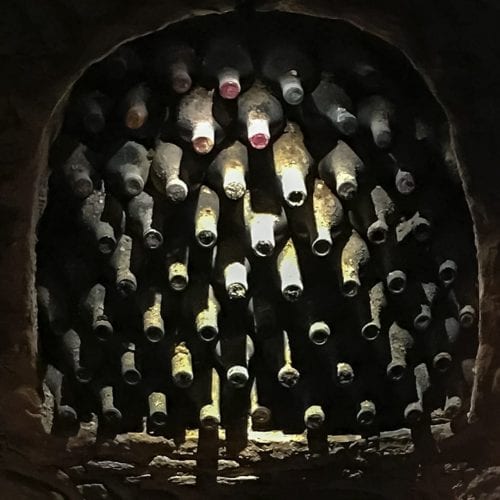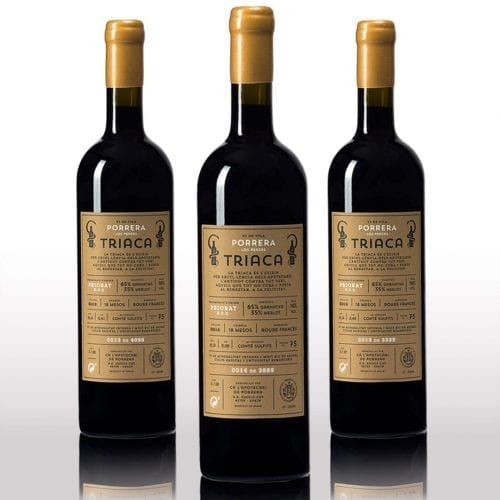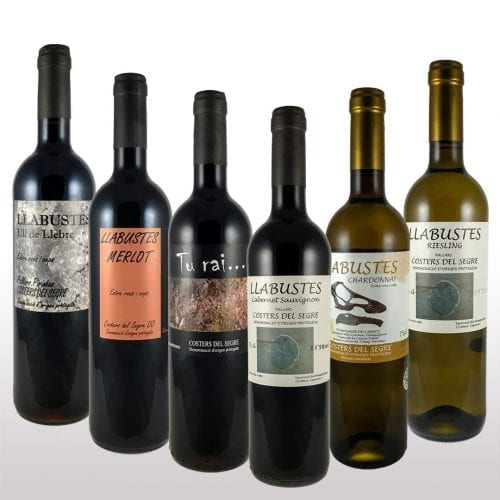08 Mar The Spanish Wine Regions DO and DOQ explained

The Spanish Wine Regions DO and DOQ explained
The Regions DO and DOQ what do they mean?
The denomination of origin DO is an instrument, within industrial property law, that serves to protect food products and/or beverages, by means of a reference to their place of origin, conferring on the market one or more characteristics that represent a guarantee of quality.
The designation of origin DO for wines is a quality qualification with which those wines from a certain place are recognized, it is regulated by a regulatory council and must meet a series of requirements.
What are the requirements of Spanish Wine to become a Region Denomination of Origin DO?
- Wines made with grapes from the region, district, town, or place determined by the appellation.
- Very renowned wines, with high prestige according to their origin.
- Wines that offer high quality and their own characteristics, both due to their origin and the method of production. The natural and human factors.
- To these three previous criteria established in the Vineyard and Wine Law, the European regulation is added, which additionally requires that the winemaking be carried out within the geographical scope that the appellation of origin defines and that the grapes come from Vitis Vinifera varieties.
On the other hand, as a prerequisite for the recognition of a DO, it is necessary that the region, district, or place have been previously recognized as a wine with a protected geographical indication (PGI) at least five years in advance.
In addition, the lands of the Denomination of Origin (DO) must be exclusively dedicated to the cultivation of the Vineyard.
Finally, the management of the appellation of origin must be entrusted to a management body, called the Regulatory Council. The legislation of the Regulatory Councils is carried out mainly through their regulations, but also through provisions, ministerial orders, decrees, or Organic Laws. The Regulatory Councils of each DO are in charge of ensuring compliance with the rules. It may be the case that a single Regulatory Council (CR) regulates various designations of origin, as is the case with the Jerez Regulatory Council that regulates the DO Sherry Wines, the DO Manzanilla de Sanlucar, and also the DO Sherry Vinegar.
How does a Spanish Wine become a Region Qualified Denomination of Origin, DOQ?
It’s a DO Special Certification, specially reserved for those wines that have reached high levels of quality over a long period of time. It is the ‘Qualified Denomination of Origin’ (DOCa, is its acronym). In Spain, there are only two DOCa’s, Priorat (since 2000) and Rioja (since 1991).
According to the Vineyard and Wine Law, in addition to the above-mentioned requirements for appellations of origin, DO, qualified appellations of origin, DOCa or DOQ in English must meet the following Rules and Regulations:
- At least 10 years have elapsed since its recognition as DO.
- The wines are sold exclusively bottled in the wineries registered and located in the defined geographical area.
- Its body or control body established and implement an adequate quantitative and qualitative control system of protected wines, from production to market release, which includes a physical-chemical and organoleptic control by homogeneous volume in limited batches.
What does the Region Protected Designation of Origin mean in Europe?
The Protected Designation of Origin, PDO, is the European quality mark that unifies all member countries under a single seal. However, each EU country has its own quality categories that are included within the PDO.
Both the D.O. and the DOQ (D.O.Ca.) previously seen are regulated at the European level by Regulation (EC) 479/2008, which includes them within the PDO (Protected Designation of Origin). In addition, as indicated, the Commission itself is in charge of approving the creation and community registration of a new DO and/or DOQ.
This new regulation is based on the reinforcement of the competitiveness of European Wines, a better balance between supply and demand, the abolition of intervention measures in the markets, better use of budget credits, a greater simplification of regulation, consolidation of the social fabric of rural areas and protection of the environment.
Spanish Protected Designations of Origin (PDO) are
- V.P.Ca (qualified paid wines)
- V.P. (paid wines)
- D.O.Ca. (qualified denomination of origin)
- D.O. (Appellation of origin)
- V.C. (quality wines with geographical indication)
(Sorted from highest to lowest requirements or quality criteria)
The PDOs of European member Countries
- France
- AOC (Appellation d’Origine Contrôlée)
- Italy
- DOC (Denominazione di Origine Controllata)
- DOCG (Denominazione di Origine Controllata e Garantita)
- Portugal
- PR (Indicação de Proveniência Regulamentada)
- DOC (Denominacão de Origem Controlada)
- Germany
- QbA (Qualitätswein bestimmter Anbaugebiete)
- ‘Prädikatswein’ (also known as ‘QmP’ or ‘Qualitätswein mit Prädikat’)
- Austria
- Qualitätswein
- Prädikatswein
- DAC (Districtus Austriae Controllatus)
(In each of these countries there may be other indications, here we mention the most relevant)


